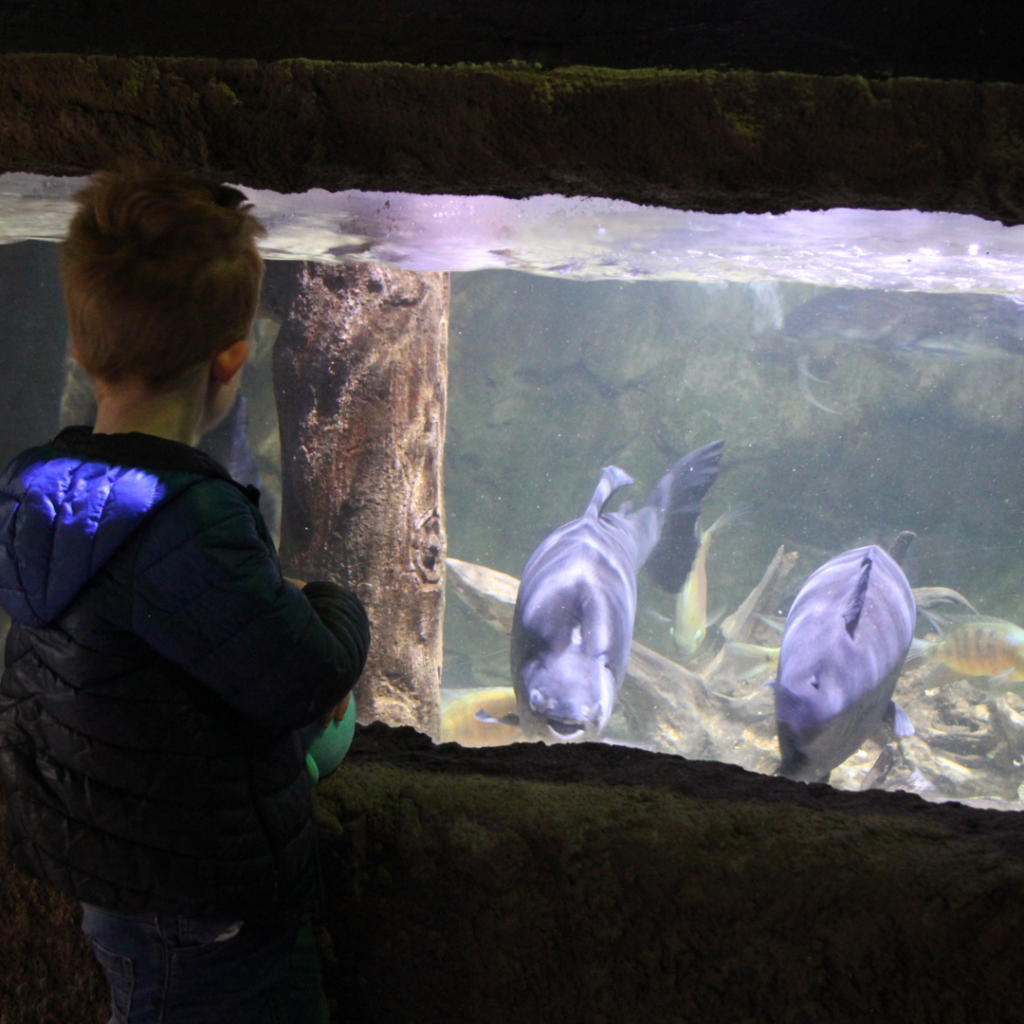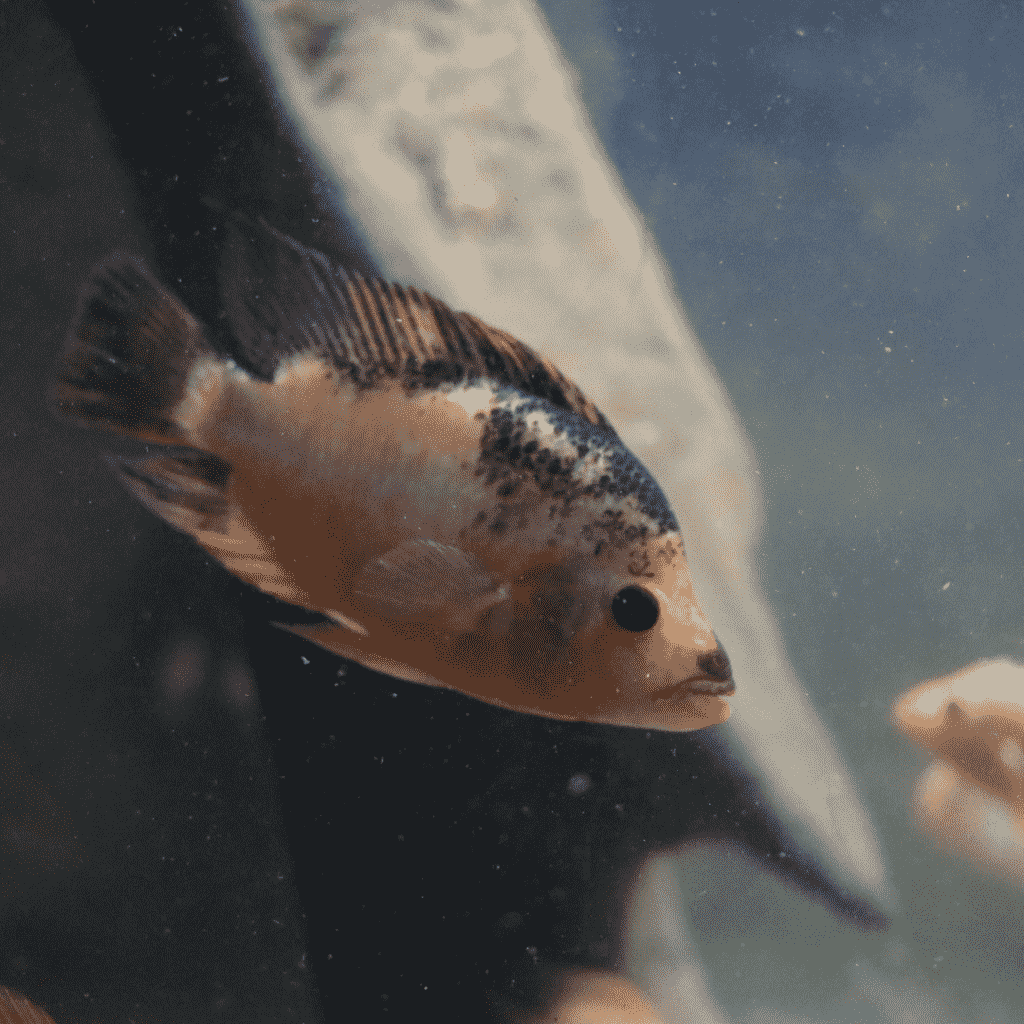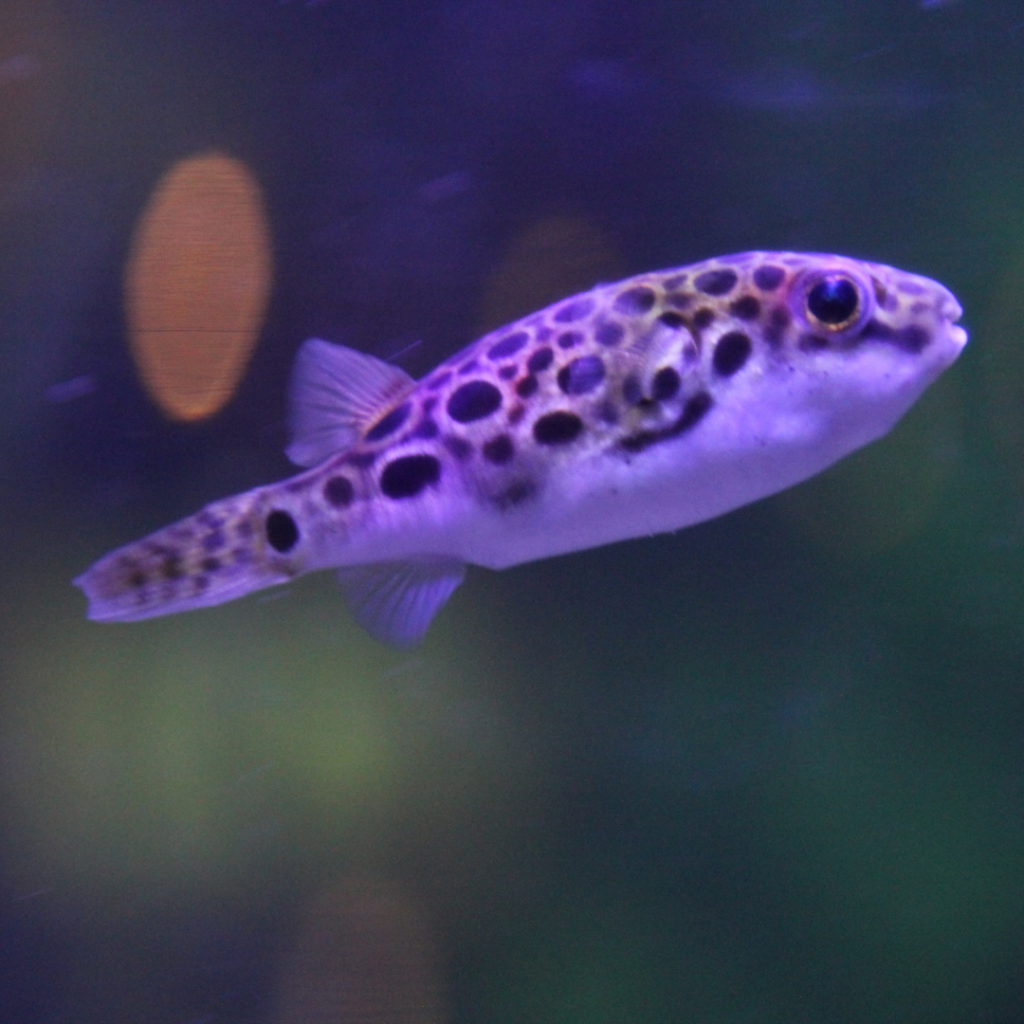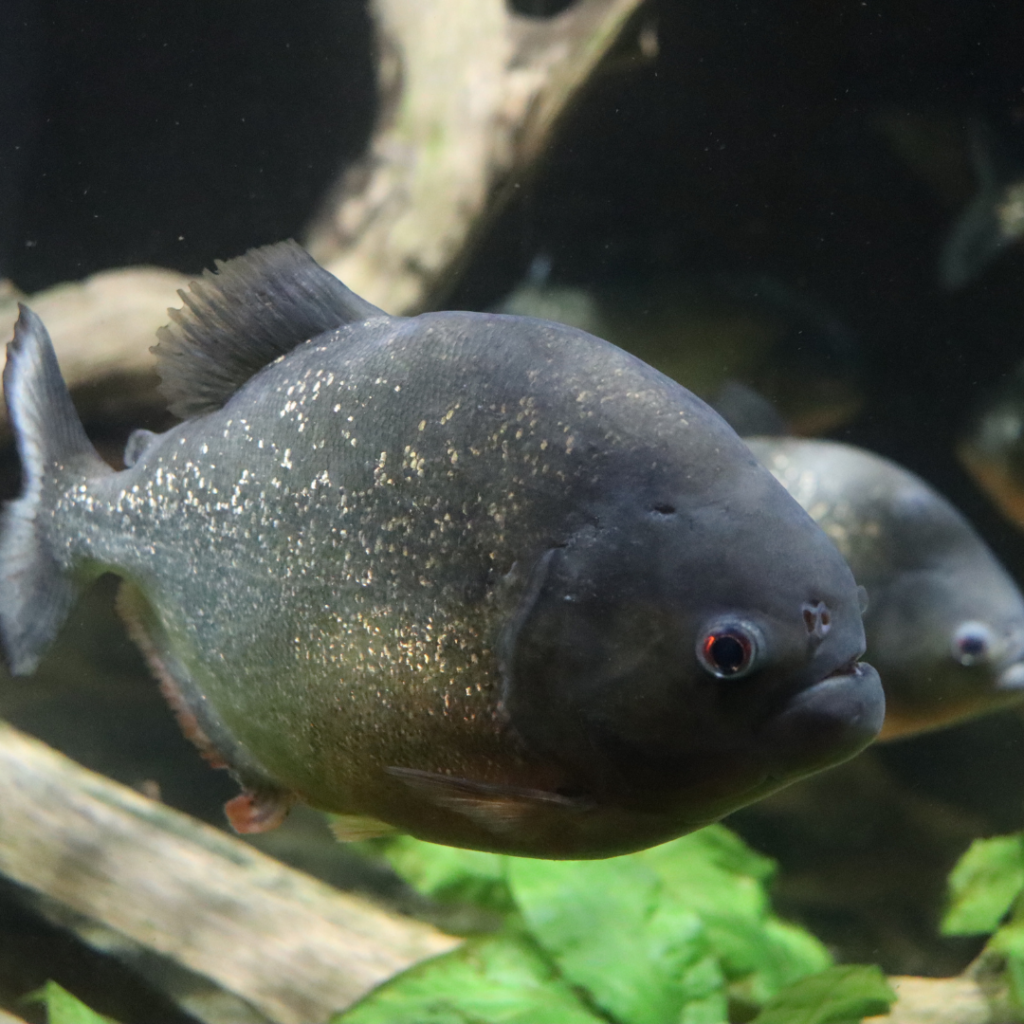AMAZON

Be transported from North Queensferry into the depths of the Amazon surrounded by some of the giant fish that inhabit these rivers.
The Amazon rainforest is a playground of biodiversity. Standing as the biggest tropical rainforest in the world with a span of 5.5 million square kilometres this rainforest could fit the UK and Ireland within its mass 17 times.
There are so many living thins which call the Amazon their home. Brave explorers can come across a range of creatures, including 3,000 species of fish, 1,300 kinds of birds and more the 2.5 million different kinds of insects. These animals live amongst 40,000 varieties of plants with 390 billion individual trees.
LAKE MALAWI
The 9th largest lake in the world and the 5th largest by volume it is also the 3rd largest on the African continent. It is home to more species of fish than any other lake, including the 1000 species of cichlids it is famed for. Speaking of the lakes volume, there is a mind boggling amount of water in there, there is seven quadrillion, seven hundred & seventy five trillion litres of water, to put that into perspective, you could fit our massive shark display one billion nine hundred & forty three million seven hundred & fifty thousand times in lake Malawi.
Lake Malawi has been a major food source and has been for its shoreline human residents for thousands of years, its waters are incredibly rich but its wild fish population is constantly and increasingly threatened by overfishing and water pollution. When it comes to wildlife and fish in particular Malawi is famed for its cichlid species, roughly 1000 separate species of cichlid live in Malawi and the vast majority of these species are endemic to the lake, meaning they are found nowhere else on earth.

THE SWAMP

A swamp is an area of land permanently saturated, or filled, with water. Many swamps are even covered by water. Normally these areas are dominated by trees and the water below is thick with foliage. They are often named for the type of trees that grow in them such as cypress and hardwood swamps. Swamps exist in many kinds of climates and on every continent except Antarctica. They vary in size from isolated prairie potholes to huge coastal salt marshes.
Swamps are among the most valuable ecosystems on Earth. They act like giant sponges or reservoirs. When heavy rains cause flooding, swamps and other wetlands absorb excess water, moderating the effects of flooding. Swamps also protect coastal areas from storm surges that can wash away fragile coastline. Saltwater swamps and tidal salt marshes help anchor coastal soil and sand. The swamp ecosystem also acts as a water treatment plant, filtering wastes and purifying water naturally. When excess nitrogen and other chemicals wash into swamps, plants there absorb and use the chemicals.
BRACKISH
These tanks show off some small but complex fish who have adapted to survive in a variety of water types.
Brackish water condition commonly occurs when fresh water meets seawater. In fact, the most extensive brackish water habitats worldwide are estuaries, where a river meets the sea. Brackish waters will often change in salinity depending on which supply of water is most prominent which means for any species of fish to survive in these conditions they must to survive changing levels of salinity.
Bodies of brackish water can be found all over the world from the cold river waters in Canada to the lakes of Nigeria. In Scotland the biggest brackish environment can be found in Loch Stennes in Orkney but the largest brackish environment is the Black Sea. The Black Sea’s deep waters do not mix with the upper layers of water that receive oxygen from the atmosphere. As a result, over 90% of the deeper Black Sea volume is anoxic water. This has allowed ancient shipwrecks to remain preserved on the seabed.

PIRANHAS

Piranhas are fresh water fish found in South America and have a reputation for being ferocious. The name, inspired by the piranhas’ razor-sharp triangular teeth, comes from the Portuguese piro for ‘fish’ and sainha for ‘tooth’.
Of the 70 different species of piranha only 3 are known to potentially caused injury and even death. At Deep Sea World you are able to see the Red Bellied Piranha. These can be deadly, mainly during the dry seasons in the Rainforests where the shoals are concentrated into shallow pools and low rivers.
Piranhas have very good hearing. In the wild, the sound of splashing (potentially from a struggling animal), or the presence of blood in the water triggers them to start looking for food. With a special line of sensors down the sides of their bodies, they can pick up changes in water pressure, currents and the movements of other animals in the water.
This species has even been known to turn on each other when food becomes so scarce. Due to the size of shoals they can reduce a wounded crocodile to a skeleton in seconds. However some Piranha are vegetarian or omnivorous, feeding off fallen fruit and seeds from overhanging branches.
